
Exploring Wild Greenery In The Desert State At Kumbhalgarh Wildlife Sanctuary

It might come as a surprise that the desert state of Rajasthan has vast tracts of luscious green vegetation at Kumbhalgarh. The dividing line between the Mewar and the Marwar state during medieval times, Kumbhalgarh was once a famous hunting ground for the royal maharajas. The hunting arena was later declared as a wildlife sanctuary in 1971.
The rugged topography of the sanctuary, along with lofty hills on the eastern side reaching over 3,478 feet, adds to the charm. The base of the eastern hills is the source of Banas river. The northwest part of the sanctuary is flanked by the Marwar plains while the western slopes experience rain showers, which feed the much smaller tributaries of Luni river before merging with the Arabian Sea.
Kumbhalgarh Wildlife Sanctuary is known for its ardent efforts of conservation. It is home to the chausingha (four-horned antelope), sloth bears, panthers and leopards. The abundance of wildlife is accompanied by stretches of green flora covering almost everything on its way.
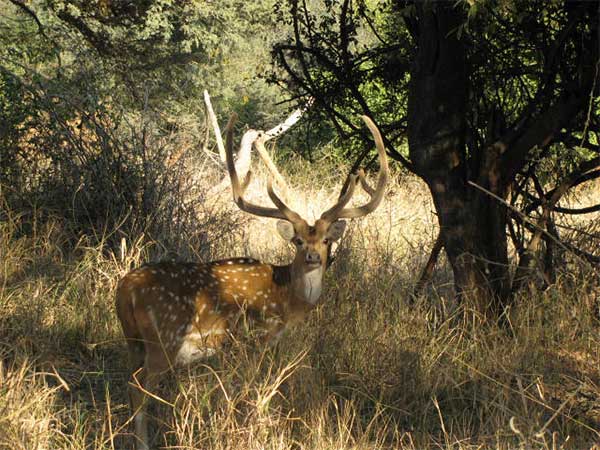
Best Time To Visit Kumbhalgarh Wildlife Sanctuary
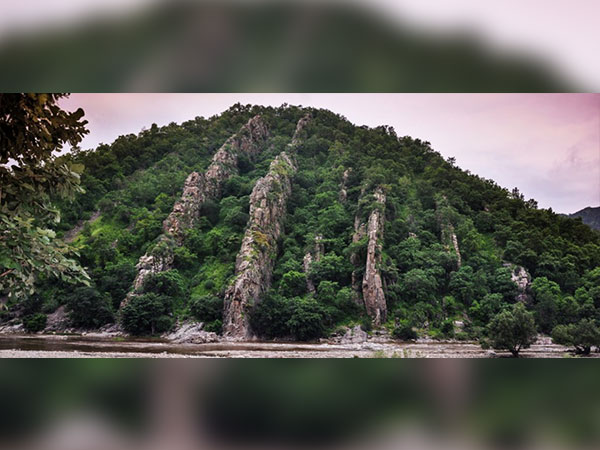
PC: Soumiaiims
Rajasthan experiences hot and dry climate in summers; therefore, a summer visit should be avoided because the safari can be tiresome. Winter is a good time to visit, especially between December to March, as the chances of spotting wild animals increases.
One can even visit during the rainy season as monsoon splashes it magical charm over the thick vegetation, making the sanctuary gleam with greenery.
How To Reach Kumbhalgarh Wildlife Sanctuary
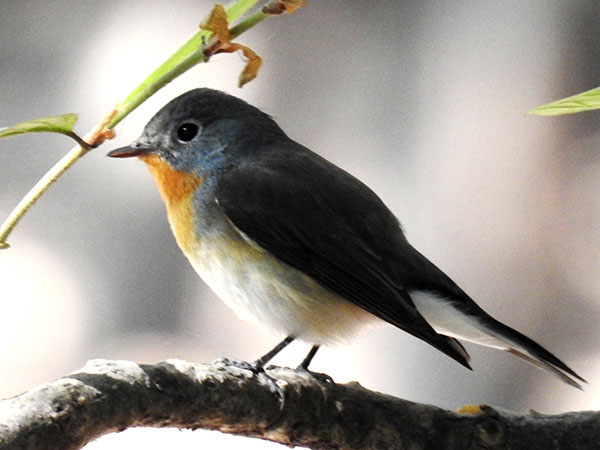
PC: Rajasthan State Forest Department
By Air – The nearest airport is Udaipur, which is about 168 km from Kumbhalgarh. From here, one can take a bus or a taxi to the sanctuary.
By Train – No major train halts at Kumbhalgarh. The nearest station is Rani, located 35 km away. Buses are readily available but it is better to have a pre-booking of the travel arrangement.
By Road – Kumbhalgarh is 48 km from Rajsamand, 207 km from Jodhpur and 345 km from the capital city of Jaipur. The state transport corporation buses are available readily from the major cities to the sanctuary.
Kumbhalgarh Wildlife Sanctuary

PC: Dr. Raju Kasambe
The Kumbhalgarh Wildlife Sanctuary is located at the extension of the Aravalli Range. The sanctuary hosts plenty of wild animals and birds that can be spotted while travelling through the green tracts.
Jeep safari is available for a tour through the sanctuary, from Kumbhalgarh to Thandi Beri, which takes 3.5 hours and is a refreshing ride along the jungle. You can spot sloths, leopards and sambar along the way.
The Ranakpur Jain Temple is located at the end of the sanctuary and is a must visit. Trekking facilities are also available along various routes accompanied with a forest guard and an entry permit.
Kumbhalgarh Fort
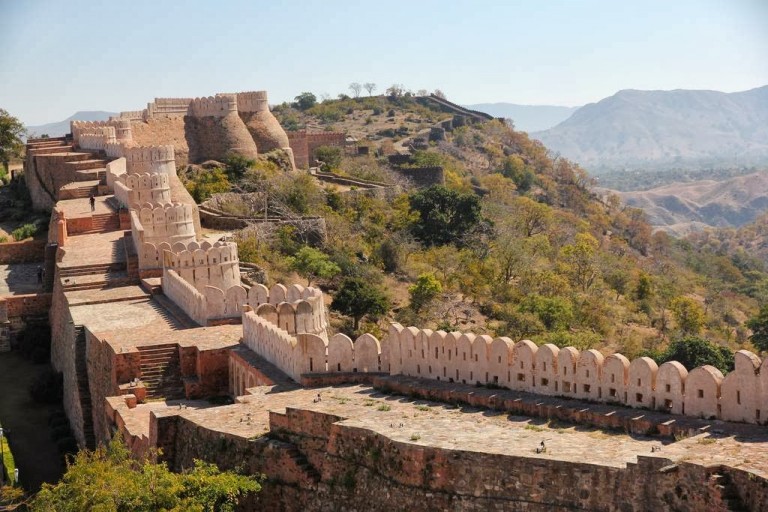
PC: russian7
After Chittaurgarh, the Kumbhalgarh Fort is considered as the second most impressive fort of Mewar. Located at a height of 3,600 foot, the fort overlooks the hills of the sanctuary and provides a picturesque view.
It was built by Rana Sanga of Mewar and is also the birthplace of Rana Pratap. There is a small settlement located within the premises of the fort, giving it a lively look.
Joba Wolf Point
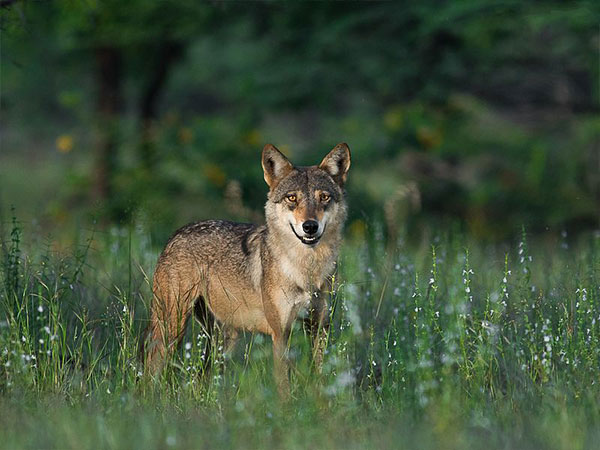
PC: Rudraksha Chodankar
Joba village is 7 km away from Sadri. The place is primarily a wolf habitat, encompassing an area of 500 hectares. Joba Wolf Point lies at the foothills, near Muchhal Mahavir Temple.
Tirthankar Nature Trail

PC: wikimedia.org
The 3.7 km long trial stands as an ode to the 24 Jain Tirthankaras. The place also represents the ideal Aravalli ecosystem nestled in perfect harmony with nature. Along the trail stands those various species of trees under which the Jain Tirthankaras got enlightenment.
Source : https://www.nativeplanet.com/travel-guide/exploring-wild-greenery-in-the-desert-state-at-kumbhalgarh-wildlife-sanctuary/articlecontent-pf22869-004516.html




































